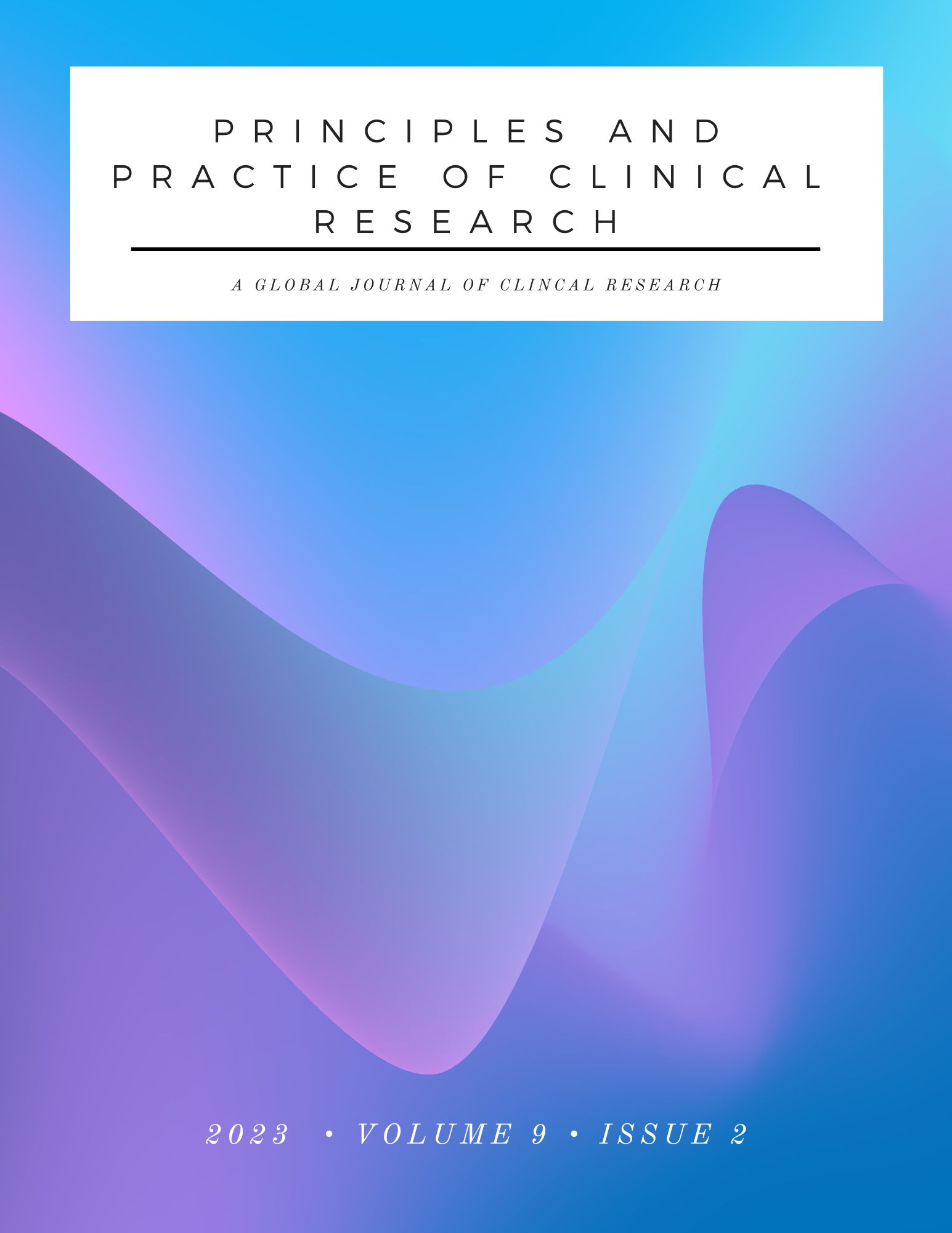Transcranial Direct Current Stimulation in Opioid Use Disorder: A Systematic Review of the Literature
Main Article Content
Abstract
Introduction: Opioid use disorder burdens healthcare facilities and causes significant annual mortality and healthcare
costs. Its current management focuses on biopsychosocial interactions; however, a high relapse rate prompts the search for
new treatment strategies, such as Transcranial Direct Current stimulation.
Methods: A systematic literature search of PubMed, MEDLINE, and clinicaltrials.gov databases was performed. The search
terms reflected the conditions and treatment modalities of interest. Trials reporting transcranial direct current stimulation
in opioid use disorders were eligible. The primary outcome was craving reduction, measured using different questionnaires.
According to the PRISMA guidelines, three research members independently performed article selection and data extraction.
Also, was performed Cochrane risk-of-bias tool for each article.
Results: Seven articles were selected from the 16 eligible papers. In total, 233 patients were included in this study. All
studies were conducted in Asian countries and included only male subjects, and the follow-up time was limited to less than
six months. Most studies (6/7) reported a significant improvement in craving reduction in the active transcranial direct
current stimulation group.
Discussion: Most studies concluded that active transcranial stimulation significantly reduced craving scores; however,
the studies had high variability in frequency, intensity, and stimulation site. The limited locations of the trials and small
sample sizes represent a threat to the external validity of the studies, which emphasizes the need for further large multicenter
randomized trials with adequate follow-up periods to test the efficacy of transcranial direct current stimulation in treating
opioid use disorder.

